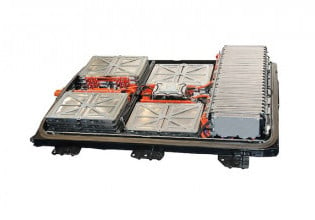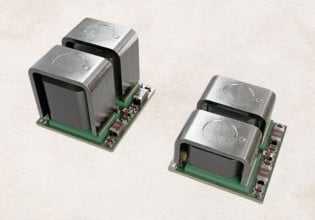Updatable Security for Long-Life Industry 4.0 and ICT Systems
Connected machines and ICT systems require security mechanisms that are particularly robust and remain so for the long life common with industrial hardware. Withstanding attacks over the long-term means keeping the protections at the state-of-the-art through updates.
Researching and assessing such updatable security mechanisms was the objective of the joint ALESSIO project. The project partners are presenting the results at the VDMA Forum at SPS, the leading trade fair for the automation industry.
Under the leadership of Infineon Technologies AG, the Fraunhofer Institute for Applied and Integrated Security AISEC, Giesecke+Devrient Mobile Security GmbH, Siemens AG, the Technical University of Munich (TUM), and WIBU-SYSTEMS AG have been developing chip-based solutions and prototypes for connected computer applications and embedded systems since 2016.
ALESSIO is supported by around 3.9 million Euros in funding from Germany’s Federal Ministry of Education and Research (BMBF) and is scheduled to end on 31 December 2019.
Secure information and communication structures for connected manufacturing
Every new connected device is a potential gateway for cyberattacks. Sensitive company data and information could be captured and misused for further attacks. This is why reliable protection for security-critical information in devices relies on a combination of software and hardware. While software can still be modified at a later point, hardware or a security chip, once integrated, is protected from being remotely manipulated.
Security chips are comparable to a highly protected area in which data and security-related information are stored separately from the software. Nevertheless, there must also be ways to update this secured area itself, since attack methods may change over time.
The partners on the ALESSIO project were able to show that updatable security solutions can be achieved with two different technical approaches, using either chip-based secure elements with updatable software, or an updatable secure element implemented in programmable logic devices known as FPGAs (field-programmable gate array), in which hardware components can be securely updated during runtime. Both options enable ICT networks and security-related data to be secured and managed efficiently over the long term.






